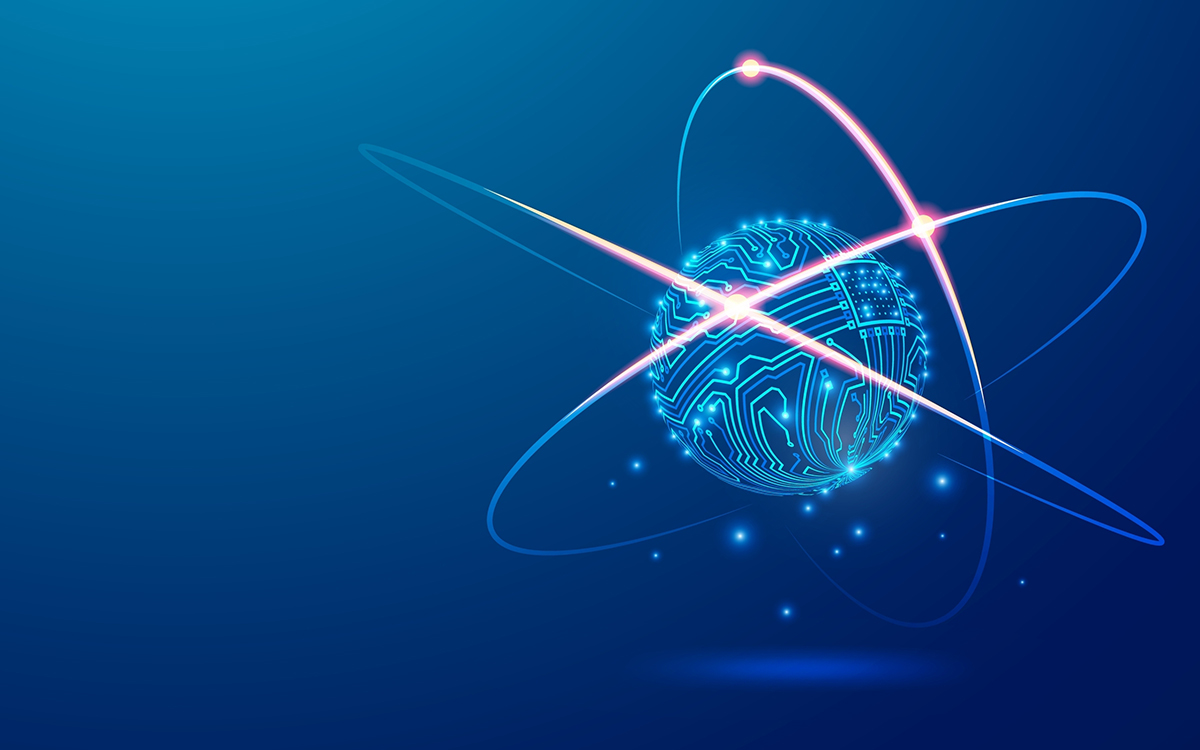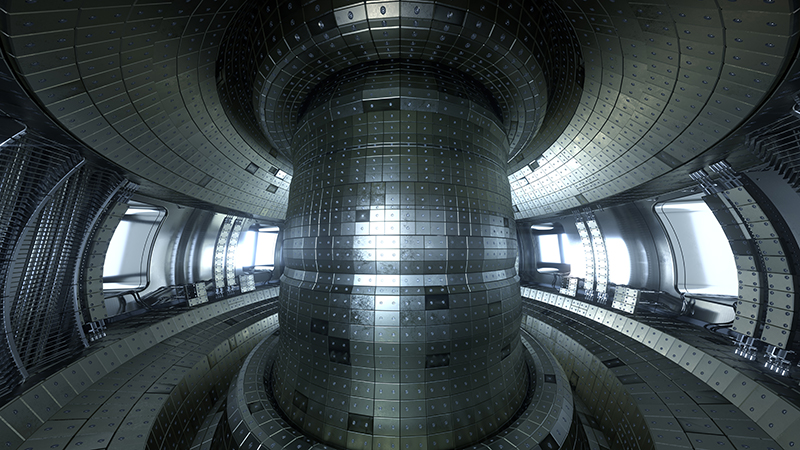Emerging Renewable Technologies – Fusion Power

Published: Thursday, 10 April 2025
As we invest in the future of renewable energy, we are always looking for the energy source to solidify our future, and people consider fusion energy to be the Holy Grail of renewable energy - when it works. Drawing inspiration from the sun’s ability to generate immense power through atomic fusion, that level of energy creation could sustain our planet for hundreds if not thousands of years. Unlike traditional energy sources, fusion has the potential to revolutionise power generation with minimal environmental impact and near-limitless fuel supplies, when it works. Fusion energy is still years away from being a competitor in the renewable energy market, but it is important to be aware of what it could offer us in the future. In this article, we will explore what fusion power is and the potential it could bring to our planet.
What is Fusion Energy and How Does it Work
Fusion energy is a revolutionary approach to power generation, and research began on the topic in the 1930s. Harnessing the process that fuels the sun and stars, fusion power is a reaction of two or more atomic nuclei (usually nuclei of hydrogen isotopes deuterium and tritium) combining to form a single heavier one, releasing massive amounts of energy. This process requires extreme conditions, including temperatures exceeding 100 million degrees, immense pressure as they need to create magnetic fields 10,000 times stronger than the earth’s just to ensure collision, and finally confinement time as the ion must be held together to keep their temperature to generate the energy.
Despite the requirements, fusion is still considered a promising, sustainable source of clean energy for the future.
How Fusion Differs from Nuclear Energy (Fission)
Fusion energy is often compared to nuclear fission. Nuclear fission is the process that is currently used in conventional nuclear power plants. However, the two technologies have fundamental differences:
Fuel Source:
- Fusion: Fusion uses deuterium which is one of the two stable isotopes of hydrogen which we can easily find in seawater, and tritium, which is a rarer radioactive isotope of a hydrogen and can be found artificially by irradiation of lithium. Although slightly rarer, these fuels are widely available and would last for millions of years. With the abundance of this fuel source this is why the energy source is renewable.
- Fission: Fission relies on heavier elements such as uranium and plutonium, which are finite, require mining, and involve a complex refinement process. Due to the need to mine the material and it being finite, this is why fission is a non-renewable source of energy.
Byproducts
- Fusion: Produces a minimal amount of radioactive waste, which decays within decades.
- Fission: Generates a significant amount of radioactive waste, which requires secure storage as it takes so long for the material to decay.
Safety
- Fusion: Inherently safe, as the reaction would stop if conditions were not precisely maintained. This helps in avoiding the risk of a meltdown or a catastrophic accident.
- Fission: Requires much more stringent safety measures to prevent meltdowns, and there have been historical incidents that have caused major damage, such as Chernobyl and Fukushima.
Energy Potential
- Fusion: Offers significantly more energy per unit of fuel compared to fission and could produce near-zero carbon emissions.
- Fission: Produces less energy and depends on a limited supply of heavy elements.

Benefits of Fusion Energy
Fusion offers numerous advantages that position it as a key player in the future of renewable energy:
Abundant Fuel Supply: The fuel sources needed to power fusion power are readily available, and together, these resources would be able to power fusion reactors for thousands of years.
Minimal Environmental Impact: Fusion energy would produce no greenhouse gas emissions, making it a great clean alternative to fossil fuels. Although fusion would produce radioactive waste, the amount of waste is minimal and would not need long-term storage due to its short-lived lifespan. Research is currently ongoing to help minimise the materials that do decay to increase the longevity of the fusion power systems.
Inherent Safety: A fusion reactor is self-limiting. This would mean that if the standard conditions are disrupted, the reaction would stop immediately, reducing the risk of accidents.
High Energy Density: Fusion delivers immense energy output relative to the small amount of fuel required, making it highly efficient and cost-effective in the long term.
Reliable Energy Source: The main issue with renewable energies such as solar and wind energy is that their energy output depends on weather conditions. Fusion is able to provide consistent base-load power, which helps in complimenting other renewable sources.
Challenges and Issues of Fusion Energy
While the potential of fusion energy appears limitless, several hurdles need to be addressed before it can become a commercially viable energy source:
Technological Barriers
Due to the technical difficulties of fusion energy, we do not have the means to harness the energy effectively. As the technology requires it to become extremely hot, we currently do not have the facilities to contain the reaction for a long enough time to produce enough energy for the system to be effective. Until we find a secure structure for it to take place and last long-term, it will be a while before we see fusion energy integrated into renewable energy solutions.
High Costs
Experimental fusion reactors are very expensive to build and operate. As fusion reactors need to have a structure that can sustain the power generation, but they also need a structure that will not deteriorate rapidly. Significant advancements are needed to reduce the costs enough for commercial development.
Energy Input vs Output
Only recently have we seen a fusion reactor achieve a ‘break-even’ fusion (2022), meaning that the fusion reaction was self-sustaining. The energy output it achieved, however, would not be able to keep up with energy demands, and the energy generated was nowhere near that of other renewable energies such as solar and wind power.
Timeline for Commercialisation
Fusion energy first began research in the 1930s and has been developing for years. However, the technology always seems to be years away from being ready. Although progress is accelerating, it still appears that it will be years before fusion becomes a viable energy source.
Public Perception and Policy
Fusion energy is often compared to and considered the same as nuclear energy (fission), which can lead to misconceptions. Making sure the difference is communicated with government support will be essential for widespread adoption and funding.
The Future of Fusion Energy
Fusion energy holds the potential to change the way we generate power. With its clean, abundant, and sustainable nature, it has the potential to be a cornerstone of energy systems. To overcome the current challenges fusion face, will require international collaboration, technological innovation, and significant investment. As progress continues, we become closer to fusion energy being a practical solution for the world’s growing energy needs.

